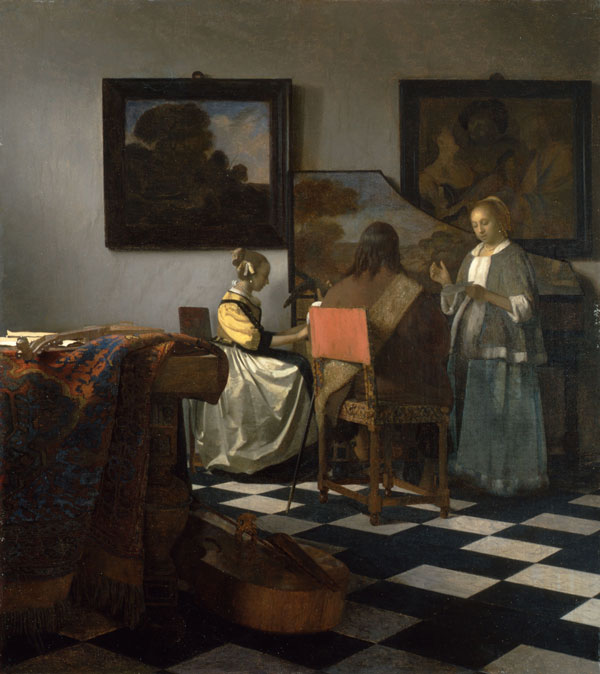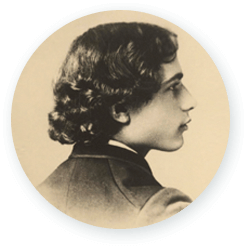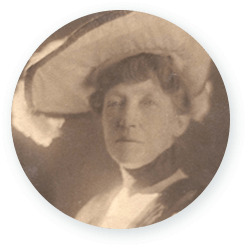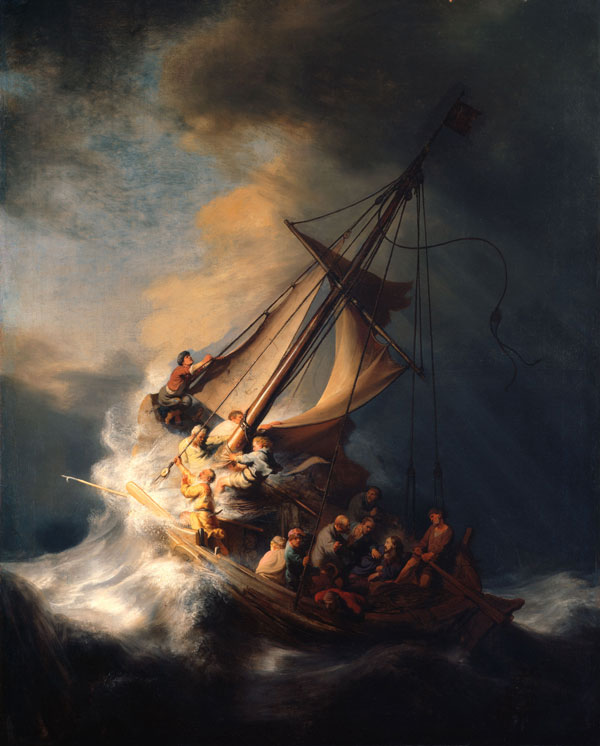A youthful self-portrait by a certain Dutch master was the object of Gardner's ambitious reach—and helped inspire her museum.
In the winter of 1896, Gardner opened a letter from art historian Bernard Berenson. He wrote in gushing prose about the chance to own a painting of unprecedented quality. It was an early work by Rembrandt: one of his earliest self-portraits, painted when the artist was only 23 years old. Its condition was perfect, and its paint was handled with the exquisitely pure and light touch of the Dutch master.
It simply glowed.
Four years earlier, Gardner had secretly outbid two leading museums in her pursuit of Vermeer's The Concert. Berenson was not shy about tapping into her desire to win at her "game." He had honed his sales pitch working with one of London's leading art dealers where he had access to some of the finest works on the market. His letter begged her to leap at this new opportunity.

 Bernard Berenson
Bernard Berenson
Now I come to the point of this letter. I am sending you a photograph of one of the most precious pictures in existence, which if not sold by February 18 goes to the National Gallery.
 Bernard Berenson
Bernard Berenson
This masterpiece you can have for the comparatively small sum of £3000. I shall say no more to urge you but beg you to cable to me directly you have made up your mind about it...
"Yes Rembrandt" or "No Rembrandt" will do.
For Gardner, it was irresistible. She was driven to overcome all competitors for the chance to acquire a work of such outstanding beauty and significance. In short order, she cabled Berenson an enthusiastic reply: YES REMBRANDT.
Sending a telegram was the fastest form of communication at the turn of the century. Alexander Graham Bell's telephone had only been invented in 1876.

I am bitten by the Rembrandt, and today being Sunday, I wait until tomorrow and then cable...
What do you think of that!

It was another art world coup for Gardner. The Rembrandt became the cornerstone of the Gardners' plan for a new museum. From that point on, Gardner “determined that her acquisitions should be masterpieces.”
Although her true passion was Italian Renaissance art, Gardner acquired two more paintings by Rembrandt, including his only seascape. Those works, which Berenson also helped her acquire, were stolen from the museum in 1990 along with 11 other priceless objects. None of the stolen artwork has yet been recovered.
Copyright © 2016 Isabella Stewart Gardner Museum. All rights reserved.



Premier Exhibition Sponsor: The Richard C. von Hess Foundation. The opening reception and preview are generously sponsored by Tom and Lisa Blumenthal. Exhibition support is provided by The Andrew W. Mellon Foundation and the National Endowment for Humanities. This exhibition also is supported in part by the Massachusetts Cultural Council, which receives support from the State of Massachusetts and the National Endowment for the Arts. Any viewings, findings, conclusions, or recommendations expressed in this exhibition do not necessarily represent those of the National Endowment for the Humanities. Media Sponsor: 90.9 WBUR, Boston’s NPR® News Station.